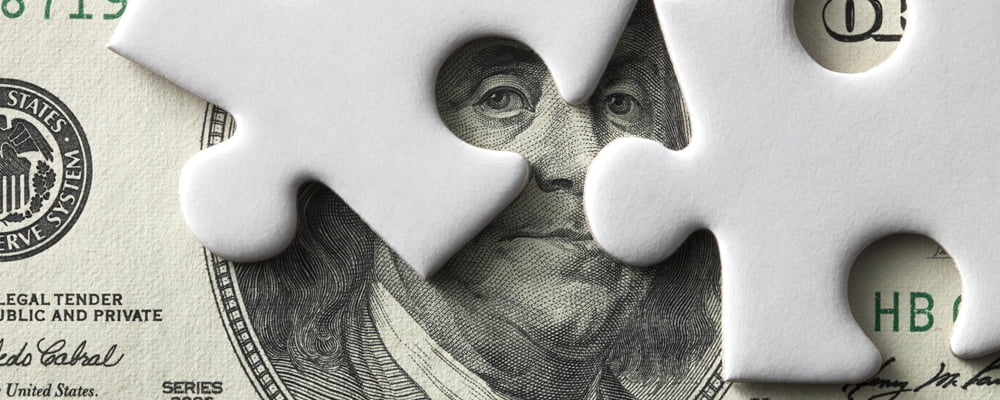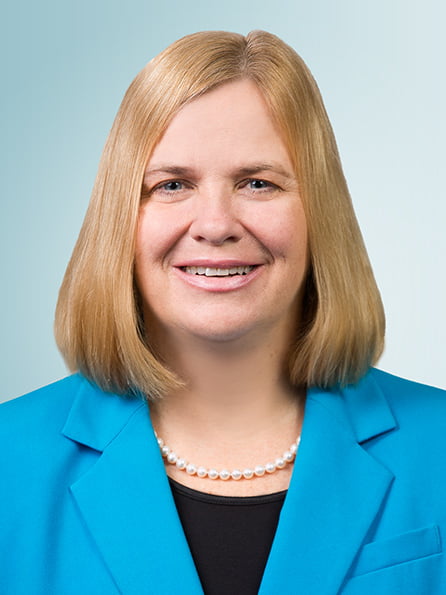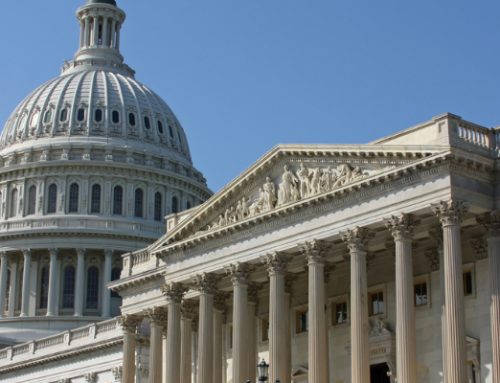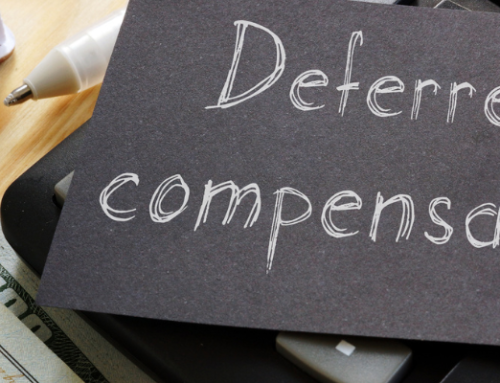Within the multi-billion-dollar CARES Act legislation, there are numerous other provisions aimed at supporting different aspects of the economy, in addition to the well-known Paycheck Protection Program. Amendments to Net Operating Loss rules will help certain taxpayers, like real estate investors, real property owners, and farm businesses, increase their cash flow in the critical weeks and months following the coronavirus outbreak. The regulations are complex, so entities will need to first evaluate which parts of new NOL rules apply to them before undertaking new tax strategies.
These changes represent a significant relaxing of the rules that were put into effect as part of the Tax Cuts and Jobs Act. In the 2017 tax law, NOL carrybacks were prohibited altogether, and prior to 2017, carrybacks were only permitted for two years and had a maximum allowable deduction of 80 percent of adjusted taxable income. NOL carrybacks were also prohibited for pass-through entities.
CARES Act Changes for NOL Carrybacks
Loosened restrictions on Net Operating Loss (NOL) carrybacks represent one of the more notable changes in the CARES Act. These changes provide for a carryback of any net operating loss in taxable years 2018, 2019, and 2020. NOL carrybacks can be applied up to five years before the loss takes place (also referred to as the carryback period). This means that if a business experienced losses in 2018, it could potentially look back as far as 2013 to recoup previously paid taxes.
NOLs can also carry forward unused amounts to each succeeding taxable year. The NOL deduction is equal to the total amount of the NOL carryovers and carrybacks in the taxable year, versus a cap of 80 percent of adjusted taxable income. Another change is that pass-through entities can now qualify for NOL carrybacks, thus making this an attractive tax planning option for real estate businesses.
The benefit of the NOL carryback is that by amending prior returns in which the business was taxed at a higher rate, an immediate refund can be obtained to open up cash flow.
Three Types of NOL Elections
Qualifying businesses can make one of three elections:
- Make a carryback
- Revoke a carryback
- Excludedeferred foreign income (also known as 965 income)
To make an NOL carryback election, taxpayers should file Form 1139 (C-Corporations) or Form 1045 (all other taxpayers) with the IRS or file an amended return for the lookback years. NOLs incurred in 2018 for calendar-year taxpayers need to be filed by June 30, 2020. NOLs incurred in the 2017 taxable year have 180 days from March 27, 2020 – the date the CARES Act became law – to make an NOL carryback election. For business losses incurred in 2020 during the coronavirus pandemic, taxpayers should work with their CPA to adjust quarterly estimated taxes for more immediate relief. After filing Form 1139 or Form 1045, taxpayers can expect to receive a credit or refund within 90 days.
Any qualifying business that is entitled to a credit or refund on an amended tax return as a result of an NOL election must also attach an election statement to each amended return. Once made, the election is irrevocable.
To revoke an NOL carryback election for a loss incurred in the 2018 or 2019 taxable years, the deadline is October 15, 2021. This extended timeline gives businesses plenty of time to evaluate their cash positions and tax liabilities and decide to amend prior year returns for an additional inflow of cash.
965 income, or foreign deferred income, is the third type of NOL election and applies to corporations or pass-through entities with international operations. A new CARES Act modification to tax law allows taxpayers with foreign deferred income to exclude any year in which they incurred repatriation tax from NOL carrybacks.
Despite the extra provisions, any tax year in which a taxpayer was or is a REIT is ineligible for NOL carrybacks or carryforwards.
The CARES Act and Bonus Depreciation
Recall that the CARES Act also amended a technical error contained in the Tax Cuts and Jobs Act. The mistake prevented qualified improvement property (QIP) from taking 100 percent bonus deprecation. QIP is now recognized as 15-year property, instead of 39-year property, and is eligible for 100 percent bonus deprecation. Bonus depreciation also increases NOLs by giving eligible taxpayers an additional loss to carry back.
This should also give real estate businesses and other taxpayers with qualified leasehold and restaurant improvements a new source of cash flow, in addition to NOL carrybacks. Remember that not all states conform to new QIP rules, so it’s important to check with your CPA for specific guidance and eligibility.
Among all the other CARES Act provisions, it can be confusing and overwhelming to interpret additional guidance for NOL. PBMares is here to help. Any businesses that have questions on NOL eligibility and rules can reach out to the PBMares team. Contact us anytime here.





